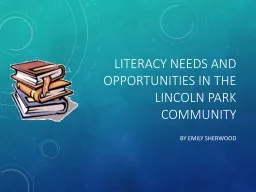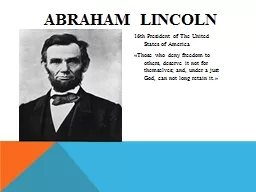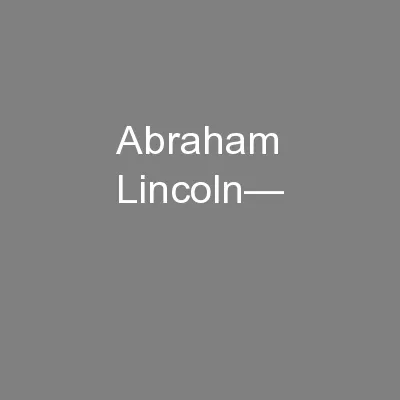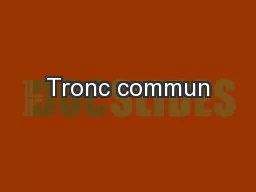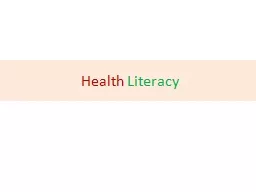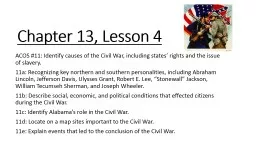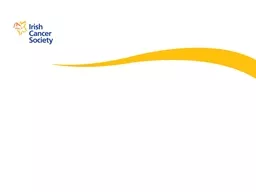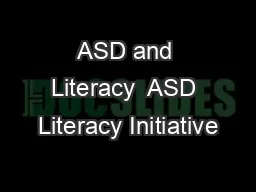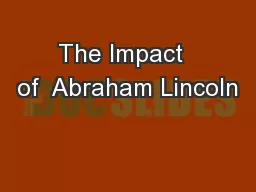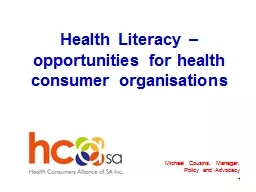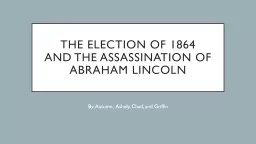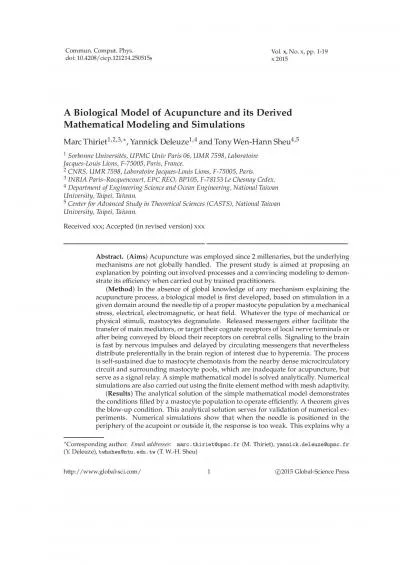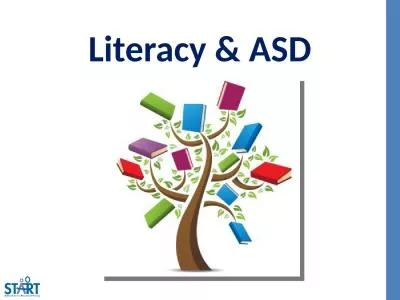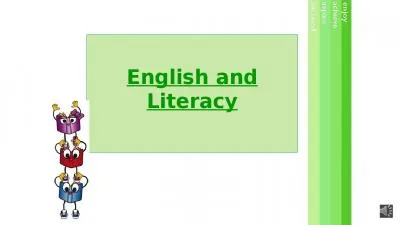PPT-Literacy needs and opportunities in the Lincoln park commun
Author : alexa-scheidler | Published Date : 2017-06-24
By emily sherwood Description of Program Lincoln Park United Methodist Church is a small congregation in the Lincoln Park Community of Knoxville Tennessee While
Presentation Embed Code
Download Presentation
Download Presentation The PPT/PDF document "Literacy needs and opportunities in the ..." is the property of its rightful owner. Permission is granted to download and print the materials on this website for personal, non-commercial use only, and to display it on your personal computer provided you do not modify the materials and that you retain all copyright notices contained in the materials. By downloading content from our website, you accept the terms of this agreement.
Literacy needs and opportunities in the Lincoln park commun: Transcript
Download Rules Of Document
"Literacy needs and opportunities in the Lincoln park commun"The content belongs to its owner. You may download and print it for personal use, without modification, and keep all copyright notices. By downloading, you agree to these terms.
Related Documents

